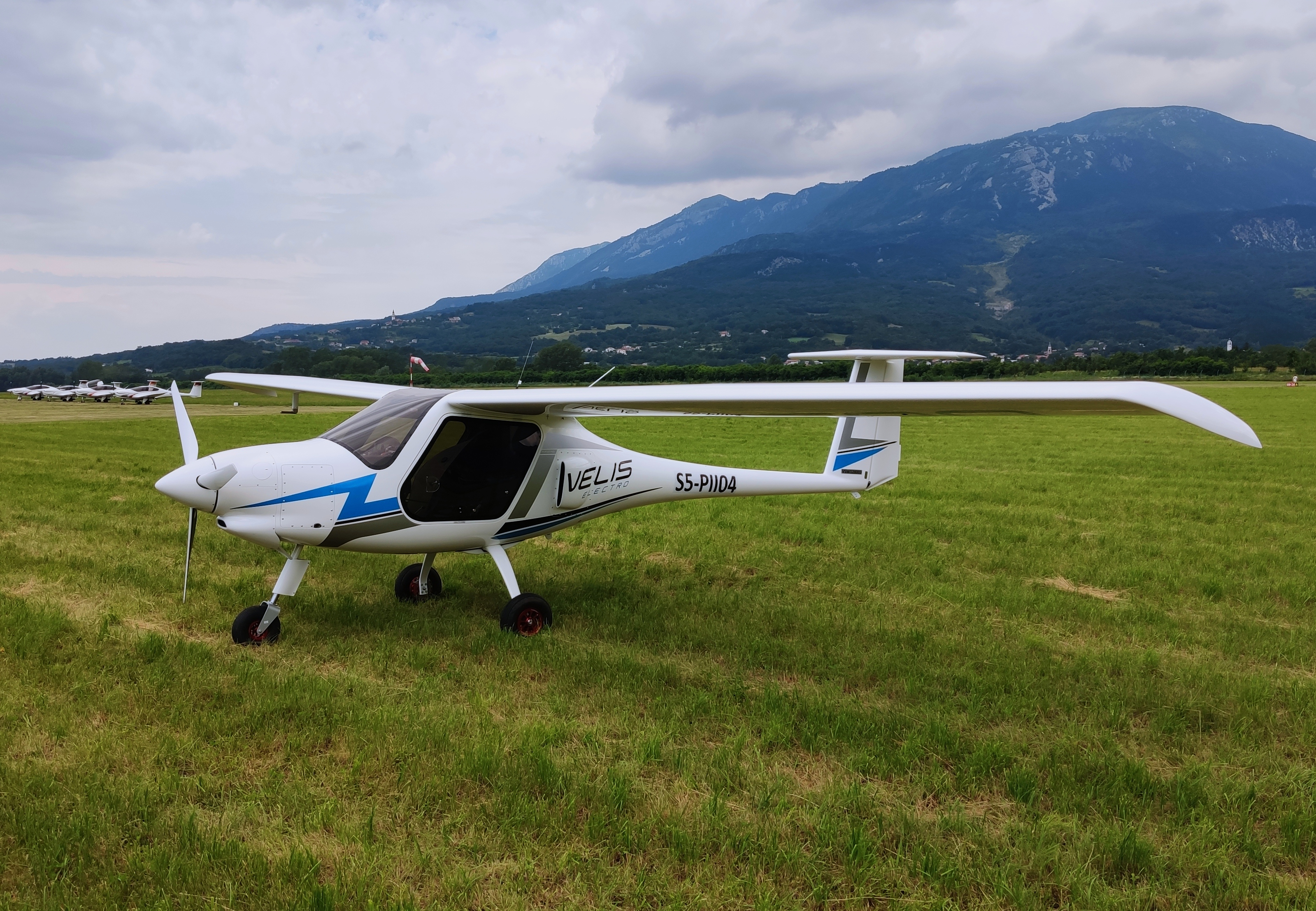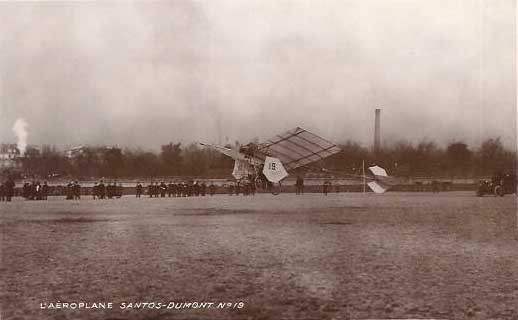|
APEV Aircraft
APEV (''Association pour la Promotion des Echelles Volantes'', English: ''Association for the Promotion of Flying Ladders'') is a French aircraft manufacturer, founded by Daniel Dalby in 1997 and based in Peynier. The organization specializes in the design and manufacture of very light and inexpensive homebuilt aircraft.Bertrand, Noel; Rene Coulon; et al: ''World Directory of Leisure Aviation 2003-04'', page 122. Pagefast Ltd, Lancaster UK, 2003. ISSN 1368-485XBayerl, Robby; Martin Berkemeier; et al: ''World Directory of Leisure Aviation 2011-12'', page 14. WDLA UK, Lancaster UK, 2011. ISSN 1368-485XTacke, Willi; Marino Boric; et al: ''World Directory of Light Aviation 2015-16'', pages 97 & 98. Flying Pages Europe SARL, 2015. The original design, the Pouchel, was based upon the 1930s Henri Mignet-designed Mignet Pou-du-Ciel (Flying Flea), but constructed using three commercial household aluminium Aluminium (or aluminum in North American English) is a chemical elemen ... [...More Info...] [...Related Items...] OR: [Wikipedia] [Google] [Baidu] |
Voluntary Association
A voluntary group or union (also sometimes called a voluntary organization, common-interest association, association, or society) is a group of individuals who enter into an agreement, usually as volunteers, to form a body (or organization) to accomplish a purpose. Common examples include trade associations, trade unions, learned societies, professional associations, and environmental groups. All such associations reflect freedom of association in ultimate terms (members may choose whether to join or leave), although membership is not necessarily voluntary in the sense that one's employment may effectively require it via occupational closure. For example, in order for particular associations to function effectively, they might need to be mandatory or at least strongly encouraged, as is true of trade unions. Because of this, some people prefer the term common-interest association to describe groups which form out of a common interest, although this term is not widely used or ... [...More Info...] [...Related Items...] OR: [Wikipedia] [Google] [Baidu] |
APEV Scoutchel
The APEV Scoutchel () is a French amateur-built aircraft, designed by Daniel Dalby and produced by APEV of Peynier. The aircraft is supplied as plans or as a kit for amateur construction.Bayerl, Robby; Martin Berkemeier; et al: ''World Directory of Leisure Aviation 2011-12'', page 93. WDLA UK, Lancaster UK, 2011. ISSN 1368-485XTacke, Willi; Marino Boric; et al: ''World Directory of Light Aviation 2015-16'', page 98. Flying Pages Europe SARL, 2015. Design and development The Scoutchel is derived from the earlier APEV Demoichelle, itself an updated version of the pre-First World War Santos-Dumont Demoiselle. The Scoutchel features a strut-braced high-wing, a single-seat open cockpit without a cockpit fairing, fixed tricycle landing gear and a single engine mounted above the cockpit on the keel tube, in tractor configuration. The aircraft is made from bolted-together aluminium tubing. The wings are the same as those used on the Pouchel Light and are built around a single al ... [...More Info...] [...Related Items...] OR: [Wikipedia] [Google] [Baidu] |
APEV Pouchel Classic
The APEV Pouchel Classic () is a French amateur-built aircraft, designed by Daniel Dalby and produced by APEV of Peynier. The aircraft is supplied as plans or as a kit for amateur construction.Bayerl, Robby; Martin Berkemeier; et al: ''World Directory of Leisure Aviation 2011-12'', page 93. WDLA UK, Lancaster UK, 2011. ISSN 1368-485XTacke, Willi; Marino Boric; et al: ''World Directory of Light Aviation 2015-16'', page 97. Flying Pages Europe SARL, 2015. Design and development The Pouchel Classic is derived from the APEV Pouchel, which is itself a derivative of the classic 1930s Henri Mignet-designed Mignet Pou-du-Ciel (Flying Flea). The design features a cantilever rear wing and a strut-braced front parasol wing, a single-seat open cockpit, fixed conventional landing gear and a single engine in tractor configuration. The Pouchel Classic differs from the earlier Pouchel in that it has a newly designed wooden fuselage to replace the aluminium ladder and rectangular tube desi ... [...More Info...] [...Related Items...] OR: [Wikipedia] [Google] [Baidu] |
Electric Aircraft
An electric aircraft is an aircraft powered by electricity. Electric aircraft are seen as a way to reduce the environmental effects of aviation, providing zero emissions and quieter flights. Electricity may be supplied by a variety of methods, the most common being electric battery, batteries. Most have electric motors driving propellers or turbines. Crewed flights in an electrically powered airship go back to the 19th century, and to 1917 for a tethered helicopter. Model aircraft#Electric power, Electrically powered model aircraft have been flown at least since 1957, preceding the small unmanned aerial vehicles (UAV) or drones used today. Small Unmanned aircraft system, UAS could be used for parcel deliveries, and larger ones for long-endurance applications: aerial imagery, surveillance, telecommunications. The first crewed free flight by an electrically powered aeroplane, the Militky MB-E1, MB-E1, was made in 1973, and most crewed electric aircraft today are still only e ... [...More Info...] [...Related Items...] OR: [Wikipedia] [Google] [Baidu] |
APEV Pouchelec
The APEV Pouchelec () is a French amateur-built electric aircraft, that was designed by Daniel Dalby and produced by APEV of Peynier. When it was available the aircraft was supplied as plans or as a kit for amateur construction.Bayerl, Robby; Martin Berkemeier; et al: ''World Directory of Leisure Aviation 2011-12'', page 93. WDLA UK, Lancaster UK, 2011. ISSN 1368-485XTacke, Willi; Marino Boric; et al: ''World Directory of Light Aviation 2015-16'', page 97. Flying Pages Europe SARL, 2015. Design and development The Pouchelec is a development of the APEV Pouchel Light, adapted for electric power, including revised landing gear and longer span wings with greater surface area. The original Pouchel was constructed using three commercially available aluminium ladders, hence APEV is the Association pour la Promotion des Echelles Volantes, or in English, Association for the Promotion of Flying Ladders. Later models were forced to move to rectangular aluminium tubing when the ladder ... [...More Info...] [...Related Items...] OR: [Wikipedia] [Google] [Baidu] |
APEV Pouchel Light
The APEV Pouchel Light () is a French amateur-built aircraft, designed by Daniel Dalby and produced by APEV of Peynier. The aircraft is supplied as plans or as a kit for amateur construction.Bayerl, Robby; Martin Berkemeier; et al: ''World Directory of Leisure Aviation 2011-12'', page 93. WDLA UK, Lancaster UK, 2011. ISSN 1368-485XTacke, Willi; Marino Boric; et al: ''World Directory of Light Aviation 2015-16'', page 97. Flying Pages Europe SARL, 2015. Design and development The Pouchel Light replaced the Pouchel II in production, which in turn replaced the original APEV Pouchel. The original Pouchel was constructed using three commercially available aluminium ladders, hence APEV is the Association pour la Promotion des Echelles Volantes, or in English, Association for the Promotion of Flying Ladders. Later models were forced to move to rectangular aluminium tubing when the ladder manufacturer grew concerned about liability. The Pouchel Light is a re-designed, lighter ve ... [...More Info...] [...Related Items...] OR: [Wikipedia] [Google] [Baidu] |
APEV Pouchel II
The APEV Pouchel II () is a French amateur-built aircraft, designed by Daniel Dalby and produced by APEV of Peynier. The aircraft was supplied as plans or as a kit for amateur construction, but is no longer available. It has been replaced in production by the APEV Pouchel LightBertrand, Noel; Rene Coulon; et al: ''World Directory of Leisure Aviation 2003-04'', page 122. Pagefast Ltd, Lancaster UK, 2003. ISSN 1368-485X Design and development The Pouchel II replaced the original APEV Pouchel in production. The original Pouchel was constructed using three commercially available aluminium ladders, hence APEV is the Association pour la Promotion des Echelles Volantes, or in English, Association for the Promotion of Flying Ladders. Later the ladder manufacturer grew concerned about liability and refused to supply any more ladders. The Pouchel was then re-designed to use aeronautical rectangular aluminium tubing in place of the original ladders and the new aircraft was designated ... [...More Info...] [...Related Items...] OR: [Wikipedia] [Google] [Baidu] |
APEV Pouchel
The Pouchel (also known as the Ladder Flea) is a single-seat ultralight aircraft designed by Daniel Dalby and produced by APEV. The aircraft was designed for amateur construction and first flown in 1999.Bertrand, Noel; Rene Coulon; et al: ''World Directory of Leisure Aviation 2003-04'', page 122. Pagefast Ltd, Lancaster UK, 2003. ISSN 1368-485X Design and development The Pouchel I was conceived in 1997 by French engineer Daniel Dalby. The aim was to design an easy-to-build ultralight aircraft based on the formula, principles and writings of Henri Mignet. The core of the construction employed commercial aluminium ladders in the fuselage and as spars in both wings. The wings were assembled using styrofoam ribs, and were fabric-covered. It was powered by a Fuji engine, developing less than 15 hp. Controls were similar to Mignet Pou-du-Ciel designs, with a pivoting front wing and rudder, both operated by the control column via control rods and no foot pedals. After test hops an ... [...More Info...] [...Related Items...] OR: [Wikipedia] [Google] [Baidu] |
Santos-Dumont Demoiselle
The Santos-Dumont ''Demoiselle'' is a series of aircraft built in France by the Brazilian aviation pioneer Alberto Santos-Dumont. They were light-weight monoplanes with a wire-braced wing mounted above an open-framework fuselage built from bamboo. The pilot's seat was below the wing and between the main wheels of the undercarriage. The rear end of the boom carried a tailwheel and a cruciform tail. The name is a contraction of mademoiselle and is a synonym for "jeune fille"—young girl or woman—but also the common name in French for a Damselfly. No. 19 The first aircraft of the type was the Santos-Dumont No. 19, which was built in 1907 to attempt to win the ''Grand Prix d'Aviation'' offered for a one kilometre closed-circuit flight. Powered by a 15 kW (20 hp) air-cooled Dutheil & Chalmers flat-twin engine mounted on the leading edge of the wing, it had a wingspan of 5.1 m. (16 ft 9 in), was 8 m (26 ft 3 in) long and weighed only ... [...More Info...] [...Related Items...] OR: [Wikipedia] [Google] [Baidu] |
APEV Demoichelle
APEV (''Association pour la Promotion des Echelles Volantes'', English: ''Association for the Promotion of Flying Ladders'') is a French aircraft manufacturer, founded by Daniel Dalby in 1997 and based in Peynier. The organization specializes in the design and manufacture of very light and inexpensive homebuilt aircraft.Bertrand, Noel; Rene Coulon; et al: ''World Directory of Leisure Aviation 2003-04'', page 122. Pagefast Ltd, Lancaster UK, 2003. ISSN 1368-485XBayerl, Robby; Martin Berkemeier; et al: ''World Directory of Leisure Aviation 2011-12'', page 14. WDLA UK, Lancaster UK, 2011. ISSN 1368-485XTacke, Willi; Marino Boric; et al: ''World Directory of Light Aviation 2015-16'', pages 97 & 98. Flying Pages Europe SARL, 2015. The original design, the Pouchel, was based upon the 1930s Henri Mignet-designed Mignet Pou-du-Ciel (Flying Flea), but constructed using three commercial household aluminium ladders to save construction time, cost and weight. The aircraft first flew on 1 ... [...More Info...] [...Related Items...] OR: [Wikipedia] [Google] [Baidu] |


